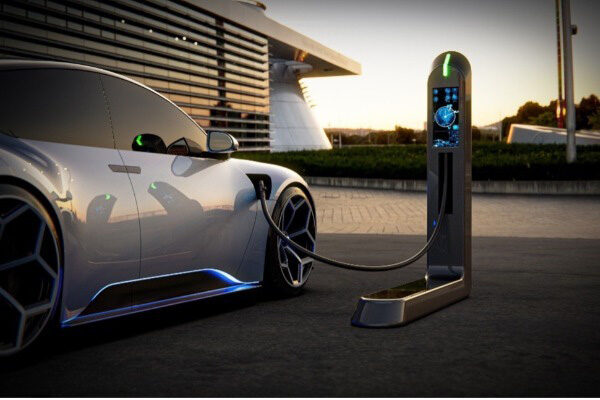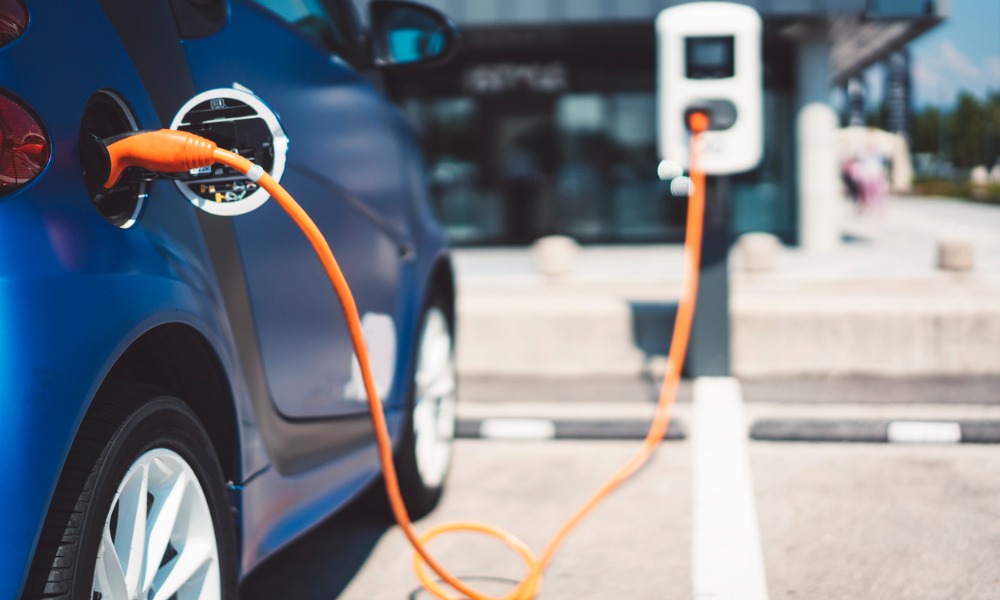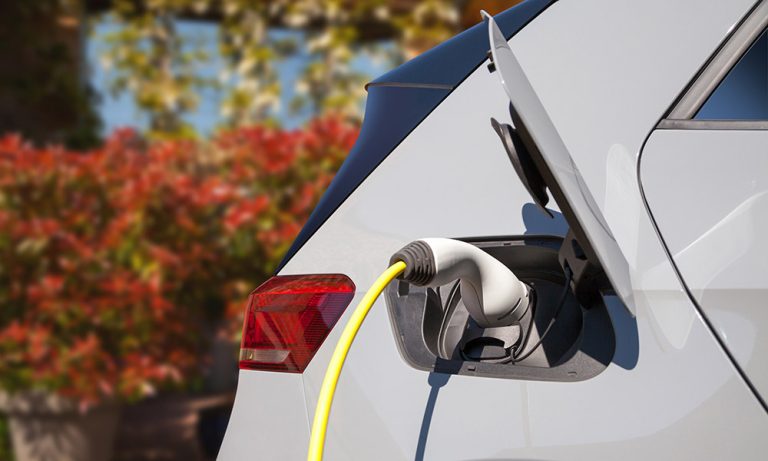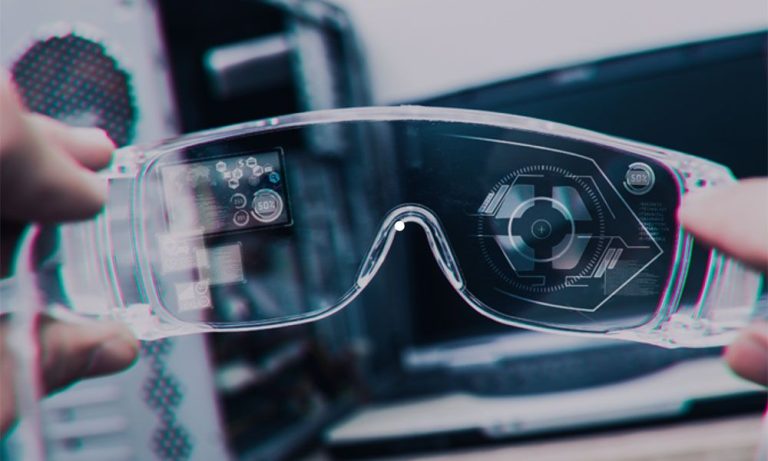Electric vehicles are celebrated for their smooth performance, quiet operation, and environmental benefits. Yet even the most advanced EVs can lose efficiency if tire pressure is overlooked. In Seattle, hilly roads, damp weather, and frequent commutes shape daily driving, so tire maintenance is quite essential.
Unlike traditional cars, electric vehicles depend heavily on efficiency to maximize driving range. Every bit of resistance has a direct effect on how far the car can go before needing a charge.
Underinflated tires increase rolling resistance, which forces the battery to work harder. This translates into fewer miles per charge and more frequent visits to the charging station. In contrast, properly inflated tires allow the car to glide more smoothly, conserving battery energy for the journey ahead.
The Seattle Factor
Seattle’s unique driving environment makes tire pressure especially critical. The city’s steep inclines and winding roads already place extra demand on an EV’s power reserves. Also, traction is a safety concern given the frequent rain and damp roadways in the city.
The grip of underinflated tires underinflated in wet conditions weakens. Also, hydroplaning and braking distances increase. Plus, the ride feels less controlled. On the other hand, overinflated tires reduce surface contact, creating a harsh ride and less stability on slick surfaces.
The Connection Between Tire Pressure and Range
Most drivers think of charging habits as the main factor in EV range, but tire pressure is also important. A set of tires even a few pounds under the recommended pressure can reduce efficiency by several percent. This may sound like a minor issue, but the lost miles can have a significant impact over weeks of commuting from neighborhoods.
EV owners who rely on public charging stations around the city may have to make extra stops. In a region where electricity rates vary and availability can be competitive, keeping those extra miles in reserve makes daily driving less stressful.

Tire Pressure and Battery Longevity
Poor tire pressure affects the overall health of the EV battery. Its discharge rate increases because the battery must exert more power to overcome resistance from soft tires. Over the long term, this added strain can shorten the battery’s lifespan.
Considering the cost of EV battery replacement, this hidden effect makes proper tire care a simple yet powerful investment. Maintaining optimal pressure not only keeps you on the road longer per charge but also protects the most valuable component of the vehicle.
How to Stay on Top of Tire Pressure in Seattle
Seattle’s fluctuating temperatures can cause air pressure to drop without warning. Even a sudden cold snap overnight can reduce pressure enough to affect efficiency by morning.
Investing in a digital tire pressure gauge makes quick checks easy. Many newer EVs also include built-in monitoring systems that alert drivers when a tire dips below the recommended threshold. Still, manual verification is wise, particularly before long drives outside the city. When adjusting pressure, follow the manufacturer’s guidelines rather than the maximum pressure listed on the tire sidewall. Each EV model is designed with specific tire recommendations that balance performance, comfort, and safety.



